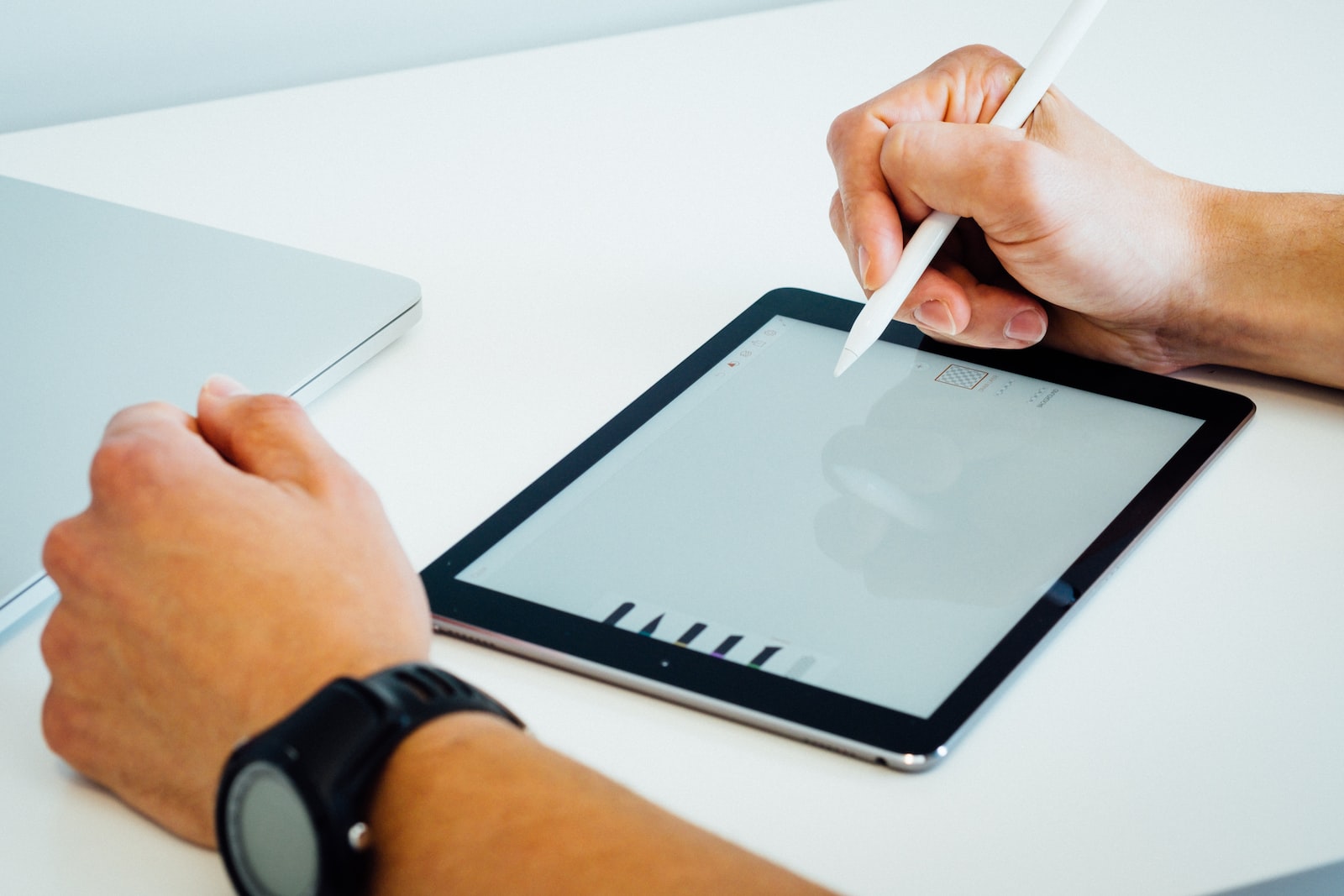When designing a website, one of the biggest challenges is finding the perfect balance between aesthetics and functionality. A visually stunning site may capture attention, but if it’s hard to navigate or lacks clear purpose, visitors will quickly leave. Conversely, a highly functional website that looks outdated or cluttered can struggle to engage users.
To create a successful website, it’s crucial to strike a harmonious blend of beauty and usability. Here are some practical tips on how to balance aesthetics and functionality in web design.
1. Start with Purposeful Design
Every web design project should begin with a clear understanding of the site’s goals. Whether you’re building an eCommerce store, a personal blog, or a corporate website, functionality should be the foundation. What are you trying to achieve with the site? What actions do you want visitors to take?
Understanding the user’s journey will guide the design process. From the layout to the content structure, everything should serve a specific purpose. Once you’ve established the functional goals, you can introduce aesthetic elements that complement the experience rather than overpower it. This approach ensures that beauty supports functionality, rather than distracting from it.
2. Prioritize User Experience (UX)
User experience is one of the most important aspects of a well-designed website. Even the most beautiful site won’t succeed if users struggle to navigate or interact with it. Prioritizing UX means putting yourself in the visitor’s shoes and making their journey through the site as seamless as possible.
When designing for functionality, ensure your navigation is intuitive. Use logical categories, simple menus, and clear labels. Visitors should be able to find what they’re looking for within seconds. An effective search bar can also be a game-changer on larger websites.
From an aesthetic standpoint, consider clean and minimalistic design elements that enhance clarity. Too much visual clutter can overwhelm users. The goal is to guide them naturally through the content while ensuring the design remains visually appealing.
3. Choose the Right Color Scheme
Color is one of the most powerful tools in web design, influencing both aesthetics and functionality. A well-chosen color scheme can evoke emotions, reinforce branding, and make a site more enjoyable to use. However, going overboard with too many colors or clashing tones can create a chaotic look that hinders usability.
When balancing color, keep it simple. Use a primary color palette that aligns with your brand identity, and complement it with a few secondary shades. Contrast is key for functionality. Ensure that text stands out from the background—light text on a dark background, or vice versa—so it’s easy to read. Additionally, use color strategically to draw attention to important elements like buttons, links, or calls to action.
4. Focus on Typography
Typography is a key element that influences both design aesthetics and readability. The fonts you choose should be easy on the eyes, but they also play a big role in the overall feel of the site. A playful font may work for a creative agency but feel out of place on a corporate website.
To strike the right balance, opt for clean, readable fonts for body text and experiment with more distinctive fonts for headings or logos. Make sure the font size is appropriate—especially for mobile users—so that visitors don’t have to zoom in to read the content.
Functionality is also impacted by typography in terms of hierarchy. Use different font sizes, weights, and styles to guide users’ attention through the page. Proper use of headings (H1, H2, H3) not only helps with readability but also improves SEO.
5. Maintain Visual Consistency
Consistency in design is a key principle that bridges aesthetics and functionality. A consistent visual style across pages creates a cohesive look and feel that builds trust with users. It also makes navigation smoother, as users know what to expect.
This includes maintaining uniformity in color schemes, typography, button styles, and imagery. For example, if your homepage uses minimalist icons, continue that style on the rest of the site. Avoid switching between radically different design elements, as it can confuse users and disrupt the experience.
6. Optimize for Mobile
With mobile browsing on the rise, designing a website that works seamlessly across devices is crucial for both aesthetics and functionality. Mobile users expect fast-loading, responsive designs that adapt to smaller screens without losing quality or usability.
A functional mobile design means making navigation easy with touch-friendly buttons, collapsible menus, and readable text. For aesthetics, focus on clean layouts that don’t overwhelm users with too much information on one page. The goal is to deliver a beautiful and functional experience, whether someone is viewing the site on a smartphone, tablet, or desktop.
7. Incorporate Visual Hierarchy
Visual hierarchy helps guide users through your content and ensures the most important elements stand out. It’s a technique that blends aesthetics and functionality by organizing content in a way that naturally leads the viewer’s eye.
For functionality, this means prioritizing key elements such as headlines, calls to action, and important content. Larger fonts, bold colors, or prominent placement at the top of the page can emphasize these elements. From an aesthetic perspective, using whitespace around important elements can make them pop, while maintaining a clean, uncluttered look.
A well-structured visual hierarchy not only enhances the user experience but also improves conversion rates by directing visitors toward the actions you want them to take.
8. Test and Iterate
Web design is not a one-size-fits-all process, and it often requires adjustments based on user feedback. Regularly test your website to identify pain points that might affect either functionality or aesthetics.
Heatmaps, user behavior analytics, and A/B testing are excellent tools to gauge how visitors interact with your site. This data will help you fine-tune areas that aren’t performing as expected. Iterating on your design allows you to maintain a balance between aesthetics and usability based on real-world interactions.
Conclusion
Achieving the perfect balance between aesthetics and functionality in web design is both an art and a science. By focusing on user experience, maintaining visual consistency, and optimizing key elements such as color, typography, and hierarchy, you can create a website that not only looks stunning but also works effortlessly.
Functionality ensures that visitors can easily navigate and engage with your content, while aesthetics make their journey enjoyable and memorable. When these two aspects are perfectly balanced, you’ll not only attract more visitors but also keep them coming back for more.




